Connecting the MLX90640 Infrared Camera
The MLX9060 I2C infrared camera can be directly connected to the Eagle I2C port as shown below:
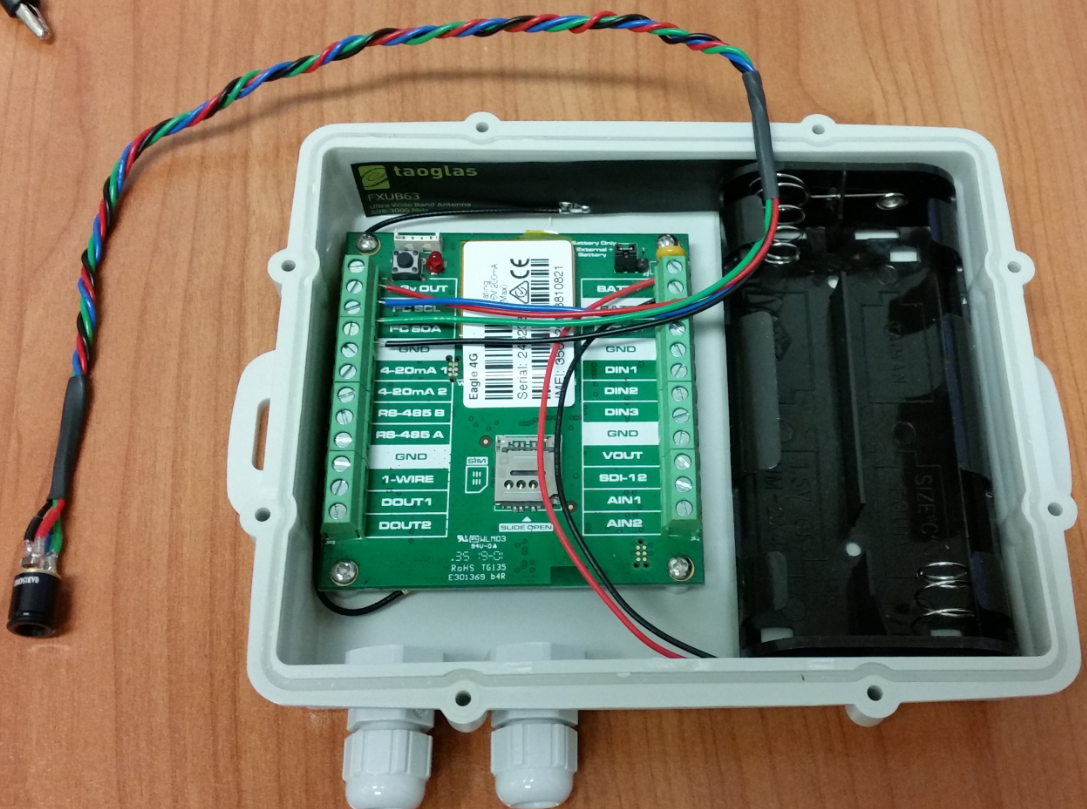
However, for proper low noise performance, a 100 nF and a 10 uF decoupling capacitor are required. They should be as close to the sensor pins as possible. If you don't want to create a PCB breakout board for this purpose, it is possible to carefully solder the decoupling capacitors directly to the pins. A layer of protective heatshrink (not shown) should then be applied to prevent short circuits. Omitting the decoupling capacitors will lead to a +-2° C noise pattern in the captured images, which may be acceptable if you are only measuring large temperatures.
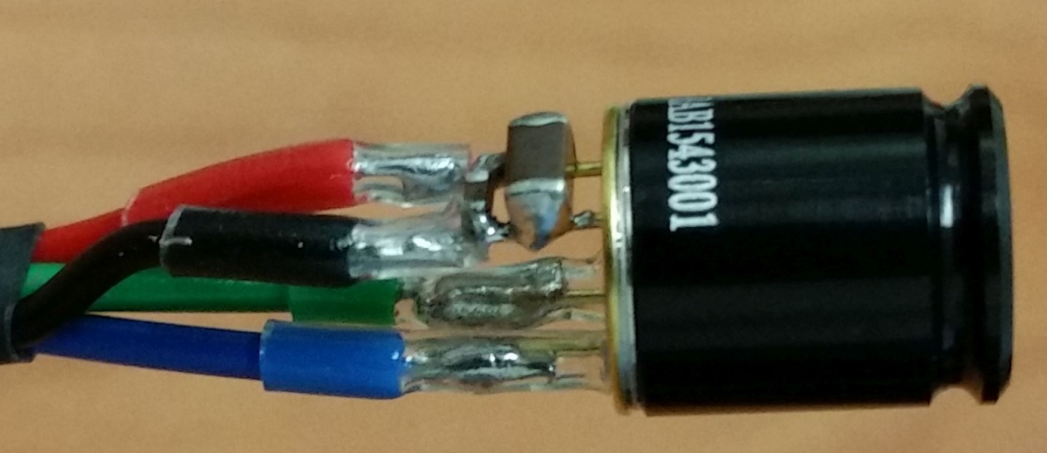
The camera produces 32 x 24 pixel images with a temperature range of -40 to 300° C, a noise floor of roughly 0.2°, and accuracy on the order of 1° within the -40 to 85° range. The images are reported in a position and time stamped data record, which can be forwarded to your server by an HTTP / JSON connector.
Example images:
| Fridge temperature monitoring Images can detect issues with air circulation in commercial fridges that may not show up with single sensors |
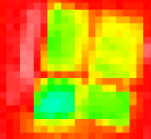 |
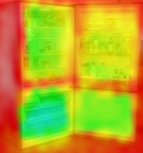 |
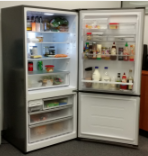 |
| Health monitoring / troubleshooting High temperatures here highlight the GPS and power supplies in use |
 |
 |
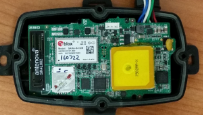 |
| Plant monitoring An image may be more cost effective when multiple remote measurements are required |
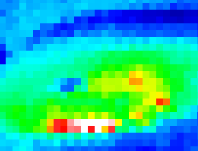 |
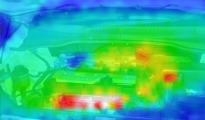 |
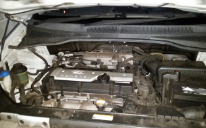 |
| The light and dark sides showcase just part of the sensor's impressive dynamic range | 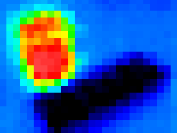 |
 |
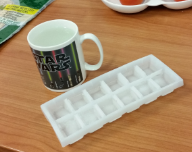 |
| Objectively measure your hottest employees For early quarantine |
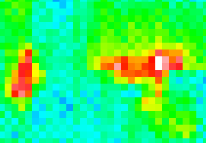 |
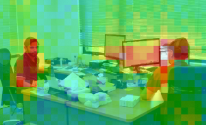 |
 |
